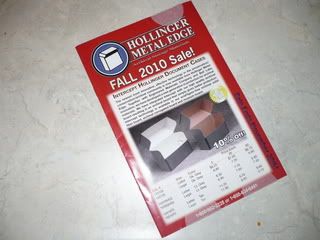The Basics
The collection, as of December of 2010, consists of six accessions totaling 79 boxes of materials. In addition, there are currently 11 boxes (and counting) of materials to return or discard; these include article reprints, print journals, and copies of published works. A handful of the boxes have been deemed inappropriate for archiving. The collection has several restrictions of varying time frames in multiple locations across each accession. In short, it is complicated.
The Plan
An approved processing plan includes seven series, each with at least three main sub-series. A full listing of the series and other planning documentation can also be found stored in the archive network. Inside this folder are several Word documents noting the locations of materials in each series. This should be useful! Each series and its sub-series is broken down by accession number, box number, and folder; this is a comprehensive list of where to go to find what is needed to fully process a series. In addition, one large file, named “Nugent Collection Container List” includes all boxes and folders of each accession with listings of series and sub-series; this container list is a bit messy and has been edited with proper names of publications and persons. Also included is a short list of restrictions, but it is lacking in specificity; talk to Phil for details.
Thus Far
As of 12/2010, processing has been ongoing but is far from complete. Thus far, only the Publications series has been processed, and not in its entirety. The collection contains sensitive information that will need further restriction (i.e. grad student files), photographs, and multiple forms of audio and video. (I have made note of the locations of audio/visual materials in the series lists.) Be wary of sensitive materials.
The collection is on shelves throughout the archives in a few locations: on the back shelf in the back storage area; on the wall shelves in the main processing area, and under the big processing table. Four boxes from accession 2010/088 are in shelving near the table in the back storage room—these will be returned or discarded. The main reprints/discards boxes are on the top of the back shelves in the back storage area, above the still-to-be-processed materials.
Much has been done, yet much remains. Hopefully the plans made and notes taken will be useful. Good luck!




